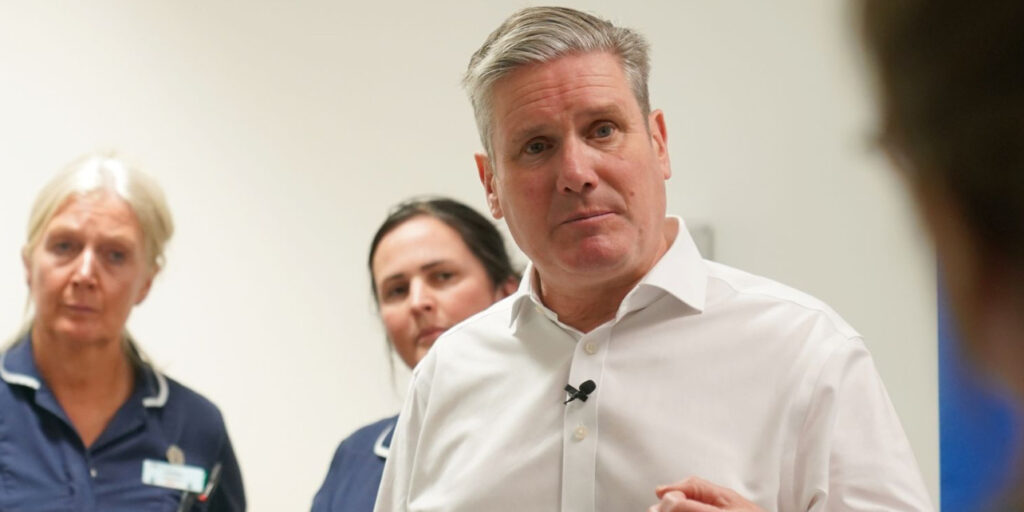Sir Keir Starmer is set to announce a bold strategy aimed at dramatically reducing NHS waiting times, with a target of bringing them down to 18 weeks within five years.
The Labour leader’s plan focuses on expanding access to healthcare through a significant increase in community diagnostic centres (CDCs), alongside the introduction of 14 new surgical hubs and the expansion of three existing hubs. These measures are projected to deliver up to 500,000 additional appointments.
Cutting Waiting Lists with Smarter Systems
A further one million appointments could be freed up by offering patients the option to decline automatic follow-up bookings, streamlining the system and reducing unnecessary visits, according to government estimates.
The overall goal of the initiative is to deliver an impressive two million extra appointments by the end of 2024. By March 2026, the reforms aim to ensure an additional 450,000 patients are treated within the 18-week benchmark.
Progress Amid Growing Demand
Recent data from NHS England revealed that the number of patients waiting for treatment stood at 7.54 million in October 2024, the lowest level since March 2024. However, this figure still highlights the enormous pressure on the healthcare system.
The last time the NHS achieved its target of treating 92% of patients within 18 weeks was in 2015, according to research by the Institute for Fiscal Studies.
Starmer’s Vision for a Modern NHS
Starmer’s plan is seen as a response to public frustration over long waiting times and backlogged services, which have plagued the NHS in recent years.
By leveraging community diagnostic centres and surgical hubs, the reforms are designed to modernise healthcare delivery, ensuring patients receive timely care while alleviating strain on existing resources.
The initiative aligns with Labour’s broader vision of investing in the NHS to build a more efficient, patient-focused system capable of addressing the challenges of a growing and ageing population.
This comprehensive plan represents a critical step towards tackling one of the most pressing issues facing the nation’s healthcare system, offering hope to millions of patients awaiting treatment.


